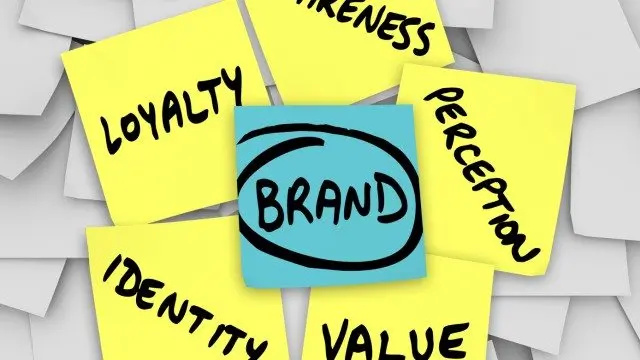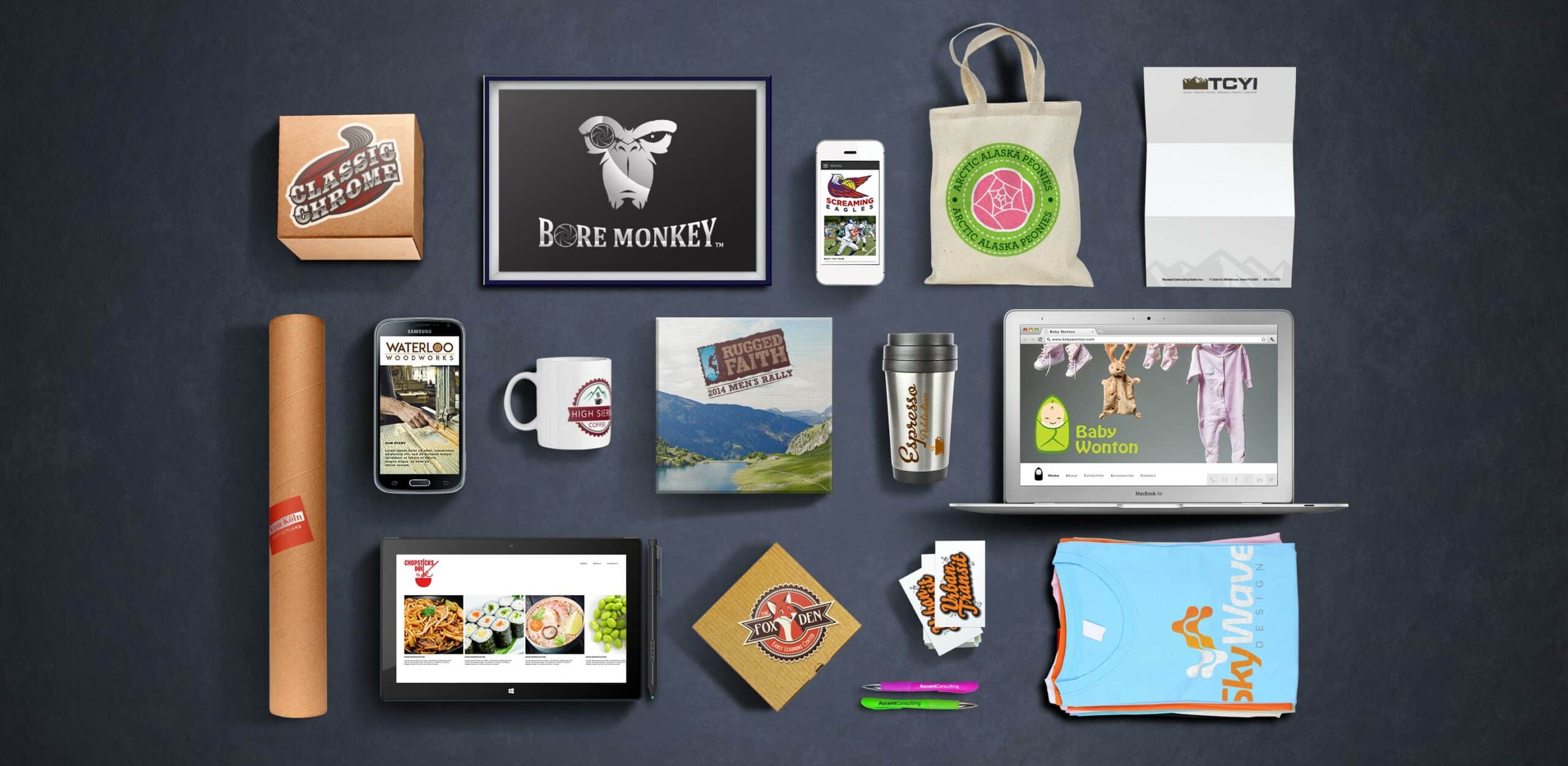In 2001, stiff competition from FedEx motivated UPS to rebrand. The goal was to position the company as a provider of sophisticated supply chain services, not solely an expert in package delivery. UPS executives felt a redesign of the logo was central to this effort.
UPS was established as a messenger company in Atlanta, Georgia in 1907. The first UPS logo featured an eagle carrying a package along with the words “Safe, Swift, Sure” written on the side of the shield. Around 1937, UPS had developed into an immense company known for delivering merchandise on behalf of retail stores. The new logo, then, in addition to marking the first time the company featured the abbreviated “UPS” on the shield, also incorporated the phrase, “The Delivery System for Stores of Quality.” Paul Rand—a renowned graphic designer behind such iconic corporate logos as IBM and ABC—later introduced the third version of the UPS logo. Unveiled in 1961, this one showcased a bow-tied package above the UPS shield to communicate what the company had evolved into: a package delivery service for everyone.
UPS continued to grow and develop its capabilities, and by the 1990’s it had branched into ground, air, ocean, and rail freight services. UPS started to provide business mail functions as well, and the company at that point had thousands of retail stores in operation. The work and vision of the company had changed yet again, and it was time to reshape the way the brand was visually depicted; the bow-tied package had become an extremely narrow symbol of the company’s capabilities. In 2003, UPS unveiled the brown shield we know today as the logo, its fourth iteration since the company’s inception. They changed their slogan from “Moving at the speed of business” to “What can brown do for you?”—driving home the concept that UPS is capable of and committed to meeting a tremendous range of needs beyond package delivery.
UPS provides a century-long example of rebranding and logo design keeping pace with a company’s evolution. Expanded services and capabilities have different implications for a business’ visual identity. Therefore, it is essential for small and fully scaled businesses alike to check in periodically on the alignment of visual identity and business services. Among other things, the accuracy of this alignment will ensure that consumers develop a correct and meaningful understanding of offerings and capabilities.
– UPS: A Century of Logo Design
All non-Logoworks trademarks, registered trademarks, product names and company names or logos used in this Site are the property of their respective owners and are being used in conjunction with Fair Use guidelines. Unless otherwise explicitly stated, respective owners make no endorsement, express or implied, about the content on this site



